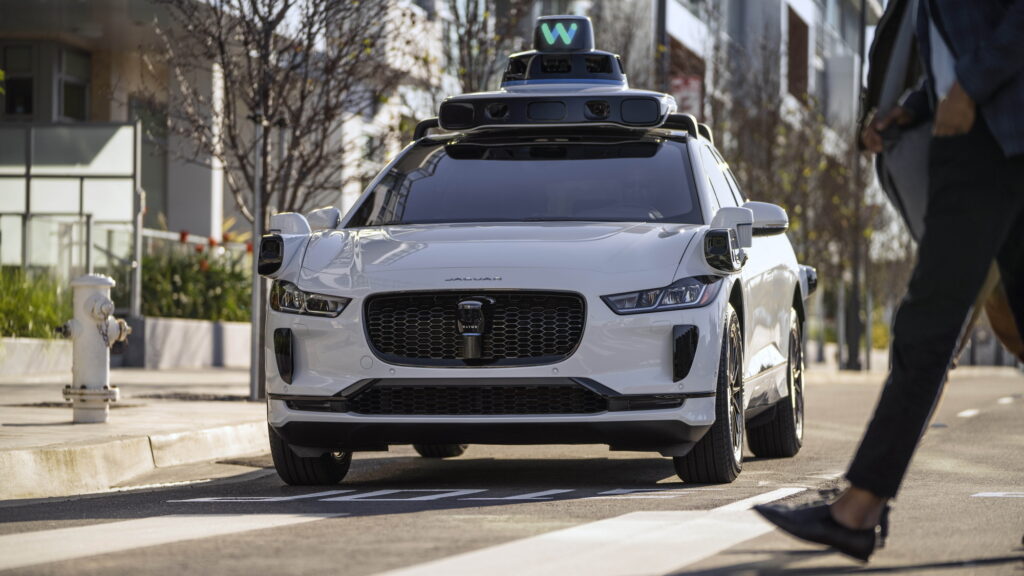Large-Scale Prank Involving Robotaxi Summoning
In San Francisco, a group of pranksters organized an unusual event by simultaneously summoning 50 Waymo driverless cars to the city’s longest dead-end street. This event, which its participants called the world’s first DDoS attack on a robotaxi service, demonstrates how technologies can become objects of abuse.
Details of the Event and Its Consequences
According to Riley Valz, a technical prankster who publicized the details of the event, the participants gathered in July and simultaneously ordered rides through the Waymo app. This led to an entire column of driverless vehicles arriving at the location, creating traffic jams and obstructing normal traffic. None of the pranksters got into the cars, so each vehicle stood for about 10 minutes before automatically leaving, charging the users a $5 no-show fee.
Waymo Company’s Reaction
A Waymo representative explained that the service system can automatically detect and limit the number of rides in a certain area, which prevented additional cars from arriving. The company emphasized that simultaneous requests in busy locations are not uncommon, and their technology adapts to such situations. Valz noted that Waymo handled the incident efficiently by temporarily disabling the ability to order rides in the event area until the morning.
It was incredible
Technological Aspects and the Future of the Service
Waymo provides hundreds of thousands of autonomous rides weekly in various cities, using over 2,000 vehicles. The company is constantly improving the vehicle distribution system to ensure quality service for customers without creating unnecessary difficulties for the infrastructure. This case highlights the importance of developing protection mechanisms against similar abuses, especially with the growing popularity of driverless technologies.

Similar incidents can become an impetus for further improvement of algorithms, in particular for recognizing artificial spam requests. At the same time, they show how integrated autonomous technologies have become in everyday life, which requires not only technical solutions but also public awareness of their use. The future of such services will depend on the balance between accessibility and protection against potential risks.


 by
by 
